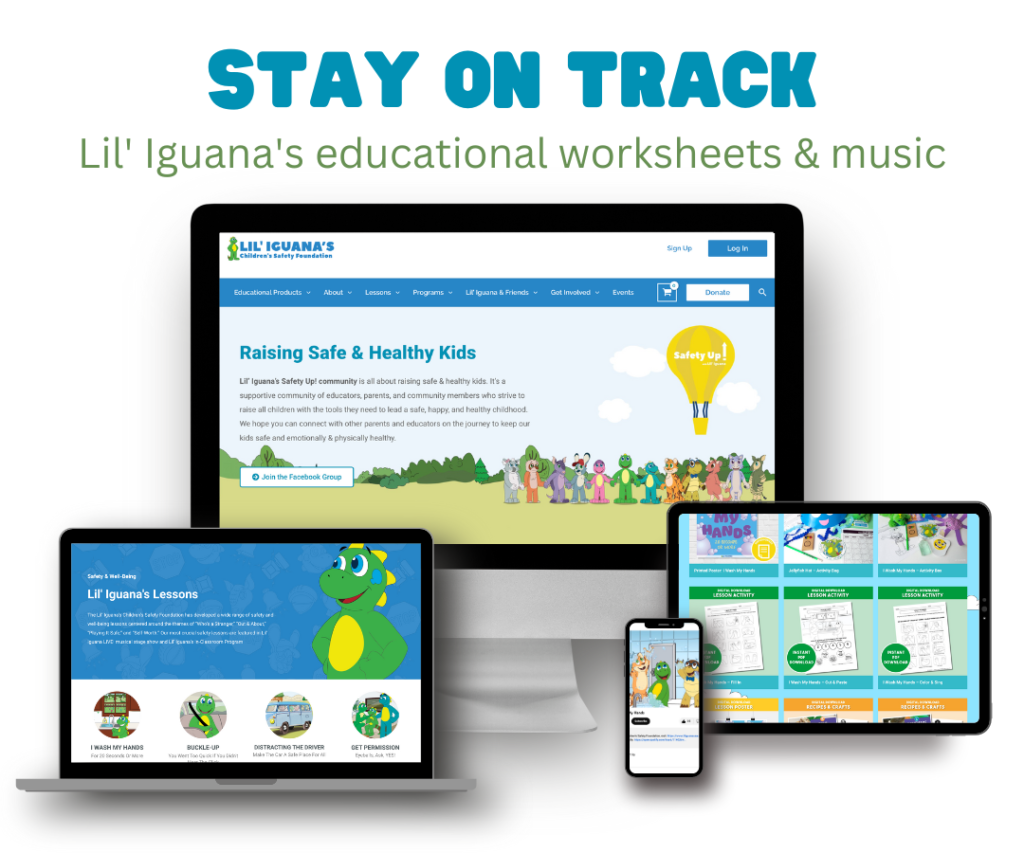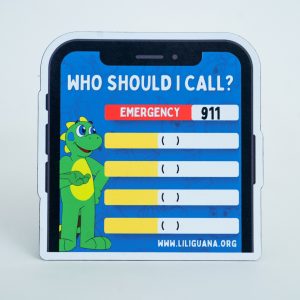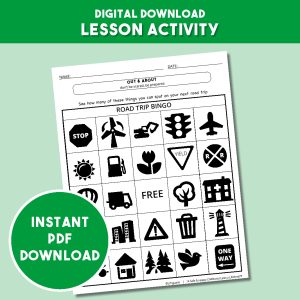Winter can be a magical season with its snowy landscapes and cozy evenings by the fire. However, it also brings unpredictable weather conditions that can turn into emergencies, leaving you stranded or without power. Building a winter emergency kit is essential to ensure your safety and comfort during these challenging times. It can be overwhelming, but the process of creating a comprehensive winter emergency kit will help you stay prepared and secure during the colder months.
It's never easy to be overwhelmed during a winter emergency. Here are sixteen strategies to follow:
- Container Selection: Start with a sturdy, waterproof container for your emergency kit. A plastic tote with a secure lid or a backpack works well. Make sure it’s easy to carry and access in case of an emergency.
- Warm Clothing: Include warm clothing for each family member. This should consist of insulated jackets, hats, gloves, scarves, and thermal underwear. Don’t forget spare socks and boots.
- Blankets and Sleeping Bags: Pack extra blankets, sleeping bags, or emergency space blankets to keep warm in case you are without heat for an extended period.
- Non-Perishable Food: Stock up on non-perishable food items that don’t require cooking, such as energy bars, canned goods, dried fruits, nuts, and granola. Ensure you have enough for each family member for at least three days.
- Water: Store at least one gallon of water per person per day for drinking and sanitation. Consider using durable containers or water purification tablets.
- Essential Tools: Include a multi-tool or Swiss Army knife, a flashlight with extra batteries, a manual can opener, and a battery-operated or hand-crank radio to stay informed about weather updates and emergency alerts.
- First Aid Kit: Assemble a comprehensive first aid kit with essential supplies, including bandages, antiseptic wipes, adhesive tape, scissors, tweezers, and pain relievers.
- Personal Hygiene Items: Pack personal hygiene items like soap, hand sanitizer, toothbrushes, toothpaste, feminine hygiene products, and any necessary medications.
- Communication: Include a charged portable phone charger or a solar-powered charger to keep your cell phone functional during power outages. It’s always important to have a pad of paper or journal with a pen.
- Emergency Contact Information: Print and store a list of emergency contact information for family members, friends, local emergency services, and medical professionals.
- Roadside Emergency Kit: If you often travel by car during the winter, consider including a separate roadside emergency kit. This should contain items like jumper cables, a windshield scraper, tire chains, a shovel, and sand or cat litter for traction.
- Pet Supplies: If you have pets, pack extra food, water, and necessary supplies for them, including leashes and carriers.
- Important Documents: Make copies of important documents such as identification, insurance policies, medical records, and birth certificates. Store these in a waterproof bag or container.
- Cash: Include some cash in small denominations, as ATMs may not be operational during power outages.
- Winter-Specific Items: Depending on your location and climate, add items like ice melt, snow shovels, and warm hand and foot warmers.
- Regularly Check and Rotate Supplies: Remember to check and update your winter emergency kit annually. Replace any expired items and ensure that everything is in good working condition.
Building a winter emergency kit is an investment in your safety and peace of mind. Whether you face a power outage, extreme cold, or other winter-related emergencies, having a well-prepared kit can make all the difference in ensuring your well-being and comfort. Stay safe and ready for anything winter throws your way by creating and maintaining a comprehensive winter emergency kit.
Printable Activity
Tag @LiliguanaSafety on socials and hashtag it #liliguanafun




